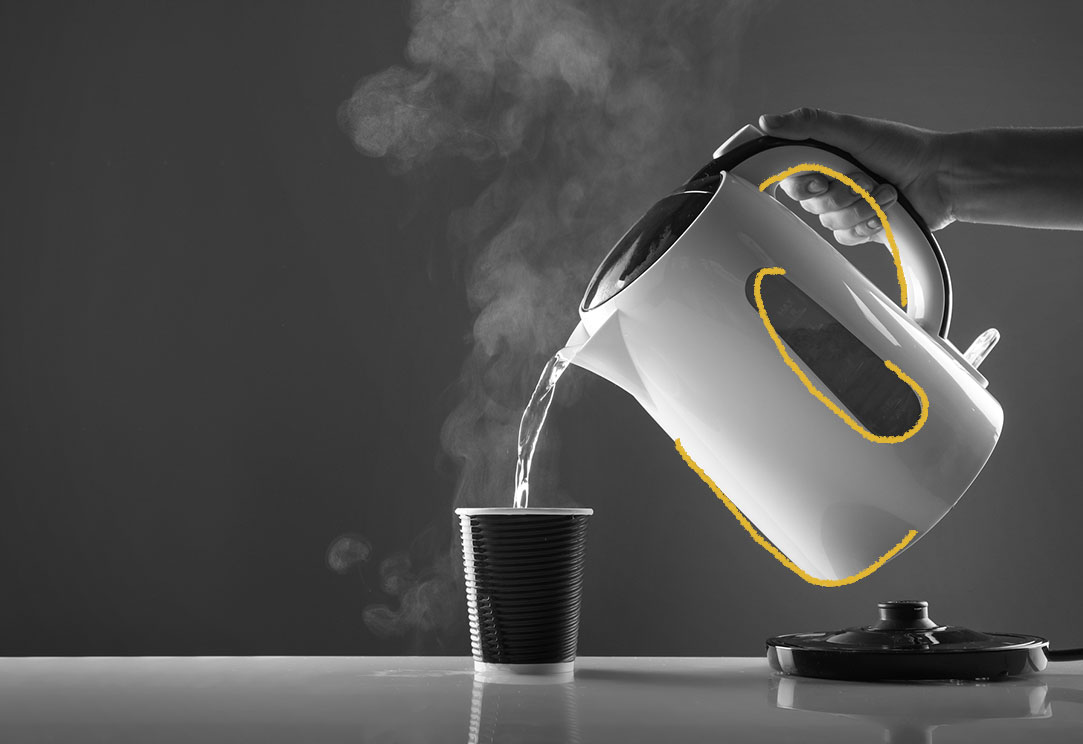Around the turn of the 20th century, the availability of household wiring and the lower price of electricity created a market for electric home appliances. Early electric kettles emerged around this time, particularly in the UK and Ireland. These early kettles took around 20 minutes to boil water and didn’t have many safety features. Because it was possible to boil the kettle dry, there was a significant risk of electrical fire. Then in 1929, the ESB was advertised as a copper "electric automatic safety kettle.” Unfortunately, the safety feature created its own set of problems. It was prone to short-circuiting or otherwise preventing the kettle from functioning as expected. Many consumers attempted to troubleshoot the appliance on their own, which sadly led to many electrocutions and deaths. Thankfully, a modified kettle design with a different type of safety switch was eventually rolled out. These new kettles used steam to operate; once it dissipated, the kettle automatically turned off. Because these newer kettles weren’t prone to boiling dry or short-circuiting, they were much safer. By the 1960s, the electric kettle became a standard, safe home appliance. Today, the basic function and design of the electric tea kettle hasn’t changed much from the 1960s iteration, and it is still a workhorse in many homes.

Your go-to guide for weird history facts
Subscribe to the FREE daily email that makes learning about history fun.


